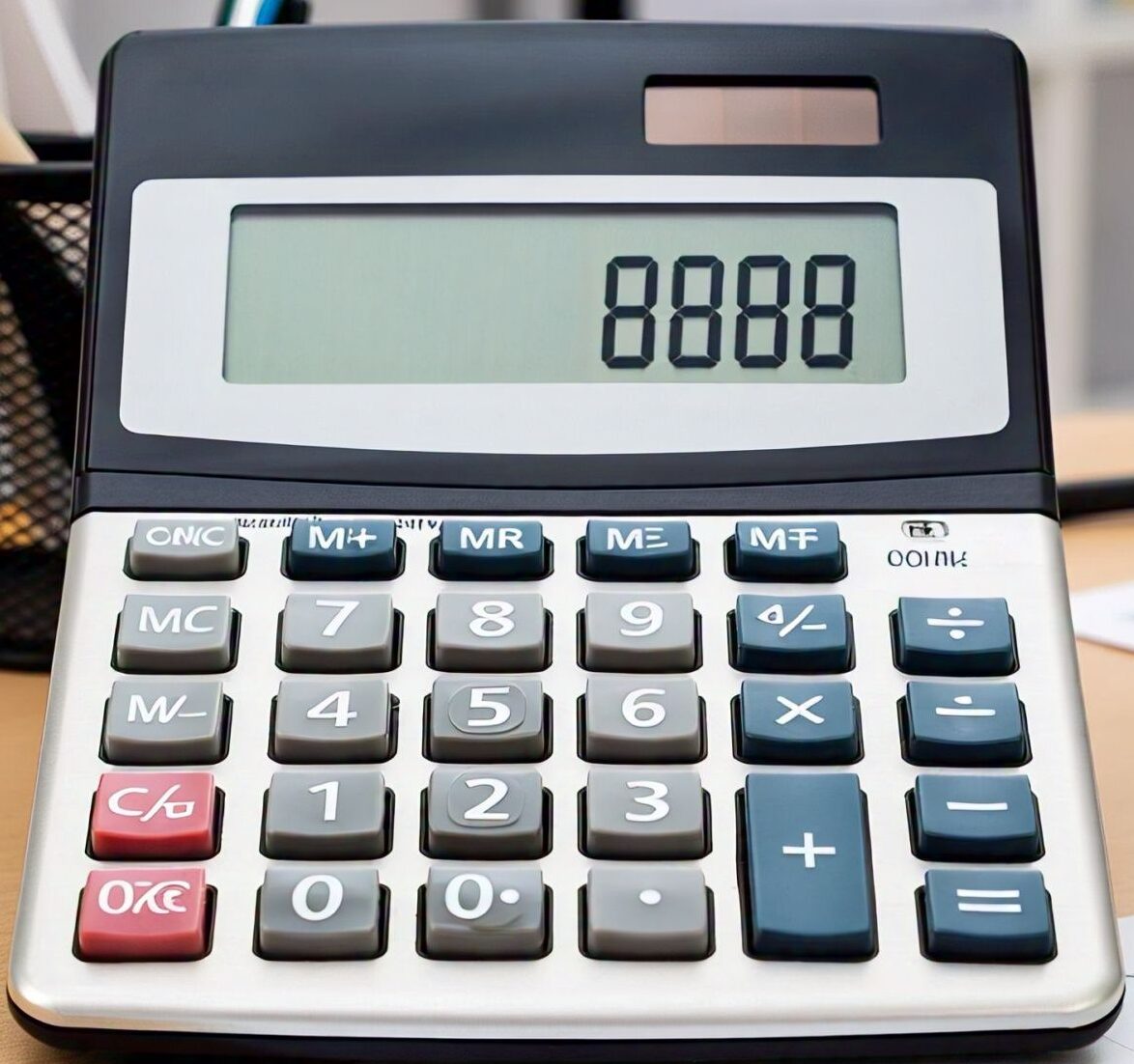Mortgage Calculator – Estimate Your Monthly Payments and Costs
Our Mortgage Calculator is designed to help you estimate your monthly mortgage payments, including interest, property taxes, insurance, and other associated costs. It also allows you to factor in extra payments or annual percentage increases in homeownership expenses. This tool is especially useful for U.S. residents looking to plan their finances more effectively when purchasing a home.
What Is a Mortgage?
A mortgage is a loan secured by real estate property. It’s the most common way Americans finance home purchases. When you take out a mortgage, a lender provides the funds needed to buy the property, and you agree to repay the loan over time—typically 15 or 30 years.
Each monthly mortgage payment includes:
- Principal – The original loan amount
- Interest – The cost of borrowing money
- Escrow (if applicable) – Covers property taxes and homeowners insurance
Homeowners don’t gain full ownership of the property until the final mortgage payment is made. The most common mortgage in the U.S. is the 30-year fixed-rate loan, which accounts for the majority of all home loans.
Key Components of a Mortgage (and the Calculator)
Understanding the core elements of a mortgage helps in using the calculator effectively:
- Loan Amount – The total borrowed from the lender. Usually, it’s the purchase price minus the down payment.
- Down Payment – An upfront payment, typically 3% to 20% of the home’s price. A higher down payment can result in better loan terms and helps avoid private mortgage insurance (PMI).
- Loan Term – The length of time to repay the loan. Common options are 15, 20, or 30 years.
- Interest Rate – The annual cost of borrowing. The calculator assumes a fixed interest rate for simplicity. Adjustable-rate mortgages (ARMs) fluctuate after a fixed period.
- Annual Percentage Rate (APR) – Reflects the true yearly cost of borrowing, including interest and any fees.
Ongoing Homeownership Costs
In addition to the mortgage payment, homeowners face other recurring expenses:
Property Taxes
Paid to local governments, property tax averages about 1.1% of a home’s value annually in the U.S. Rates vary by location.
Homeowners Insurance
Protects against damage and liability. Premiums depend on the home’s location, condition, and coverage level.
Private Mortgage Insurance (PMI)
Required when the down payment is under 20%. PMI costs range from 0.3% to 1.9% of the loan amount annually.
HOA Fees
Applicable in communities managed by homeowners associations. These fees support shared amenities and maintenance.
Other Costs
Include utilities, general maintenance, and repairs. A common rule is to budget 1% of the home’s value annually for upkeep.
These costs can be included in our calculator using the “Include Options Below” settings for a more realistic estimate.
One-Time (Non-Recurring) Costs
Some homeownership expenses only occur once:
Closing Costs
Include legal fees, appraisal, title insurance, and loan origination charges. These can total around $10,000 on a $400,000 home.
Renovations
Many homeowners invest in updates before moving in. Common projects include flooring, painting, and kitchen upgrades.
Moving Expenses
From hiring movers to buying new furniture or appliances, these costs can add up quickly.
Early Repayment and Extra Payments
Paying off your mortgage early can lead to interest savings and financial flexibility. Our calculator includes options for:
- Monthly Extra Payments
- Annual Lump-Sum Payments
- One-Time Prepayments
Common Repayment Strategies
- Making Extra Payments – Reduces loan balance faster, saving on long-term interest.
- Biweekly Payments – Splitting your monthly payment in half and paying every two weeks results in one extra payment per year.
- Refinancing to a Shorter Term – Reduces interest but increases monthly payments. Also involves new closing costs.
Pros of Early Mortgage Repayment
- Lower overall interest costs
- Faster debt freedom
- Increased equity and peace of mind
Potential Drawbacks
- Prepayment Penalties – Some loans charge fees for early payoff, typically within the first 5 years.
- Opportunity Cost – Extra payments may yield less return compared to investing elsewhere.
- Reduced Liquidity – Tying up money in your home can limit access to cash in emergencies.
- Tax Deduction Loss – Lower interest payments reduce the amount deductible if you itemize.
Brief History of U.S. Mortgages
In the early 1900s, home buyers typically needed a 50% down payment and faced short loan terms with balloon payments at the end. Modern mortgage structures, including long-term fixed-rate loans, became standard in the mid-20th century, making homeownership more accessible to the average American.
